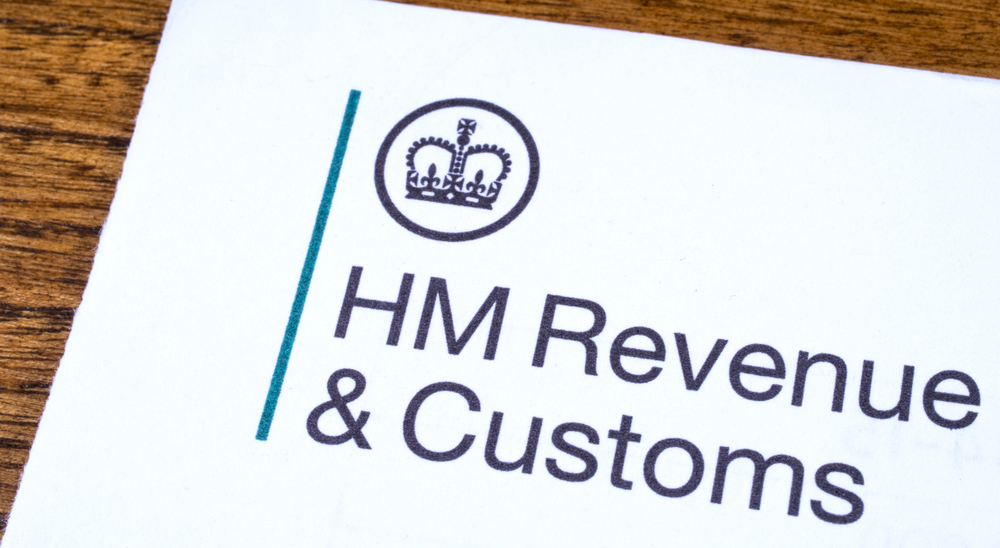SEIS your opportunity: the Tribunal rules that SEIS applications must be right first time
Fri 20 May 2016
An innocent error has cost investors in X-Wind Power Limited their Seed EIS (SEIS) relief and forced them to settle for the lesser advantages of EIS. The First Tier Tribunal (FTT) refused X-Wind’s appeal against HMRC’s refusal to let the company treat a compliance certificate application on the wrong form (the EIS form) as made on the correct form or withdraw the EIS application and replace it instead with the correct form.
In 2013, when SEIS had only recently been introduced, X-Wind attracted investors with the prospect of obtaining SEIS relief on their initial investments and EIS on later investments.
Background- why getting SEIS claims right matters
SEIS was introduced in 2012/13 as EIS’s little sibling to provide additional incentives to new start-up micro-businesses. As such it offers 50% income tax credit relief (not a payable credit but deductible from the investor individual’s total income tax liability which may allow other income tax paid to be refunded) and exemption from CGT on both the SEIS shares themselves and gains held over against the SEIS investment (100% in the first year, 2012/13 and 50% thereafter). EIS, on the other hand, offers only 30% income tax relief and CGT exemption only on the EIS shares: gains reinvested in EIS shares only obtain hold-over relief.
It is also essential that investments and claims be made in the correct order because a company that has already issued EIS shares is barred from issuing any under SEIS if it has already attracted other risk capital investment schemes including EIS (Income Tax Act 2007 ss 275D and 275DK).
The wrong form
The only fault in the application process for X-Wind, handled by the company’s advisers, was that the member of staff instructed to prepare the application used the wrong form: they used the EIS form EIS1 instead of form SEIS1; neither the Partner supervising nor the X-Wind director who signed it spotted that the wrong form had been used.
HMRC accepted the application and gave permission to issue notices of EIS compliance to investors. At this point X-Wind still did not pick up that HMRC had confirmed EIS, not SEIS status.
The problem only came to light when, on 24 April 2014, X-Wind’s advisers made an SEIS compliance statement to HMRC in respect of an additional issue of shares, this time using the correct form. HMRC refused X-Wind authority to issue compliance certificates for the new issue because it had already issued EIS shares. This caused X-Wind to revisit its original application and discover the error.
X-Wind then tried to submit an SEIS1 in respect of the original application but HMRC refused. Therefore X-Wind appealed against HMRC’s refusal to authorise the company to issue certificates of SEIS compliance to its investors. HMRC’s refusal was on the grounds that the company had already issued EIS shares and so it was barred from issuing SEIS shares. This gave X-Wind the dual problem of trying to get authority to issue compliance certificates for the original issue as well as any new issues before issuing actual EIS shares.
The FTT upheld HMRC’s stance which was that:
- there is no statutory provision for an application that has been made and accepted as valid to be withdrawn and replaced, even on the grounds of mistake; and
- once an EIS authorisation has been granted any issues of SEIS shares is precluded.
No error or mistake relief
Neither X-Wind nor any of the investors could claim any statutory relief for a mistake because overpayment relief only operates where there is a mistake in a claim and X-Wind’s mistake was in a compliance statement EIS1 and not in a claim. Furthermore X-Wind was not subject to any over-assessment of tax as a result.
Special Care required
The particular problem here is that in qualifying for SEIS X-Wind also would have been eligible for EIS as the SEIS criteria are based on those for EIS but tighter. If the compliance statement had been invalid and so had been rejected, that would have given X-Wind a second chance and the use of the wrong form might have been avoided on the second attempt. But once the statement was accepted by HMRC there was no way back. X-Wind had not issued SEIS certificates to its investors at the time when the error in relation to the initial tranche of investments was discovered.
For further information please contact Chris Williams


Comments